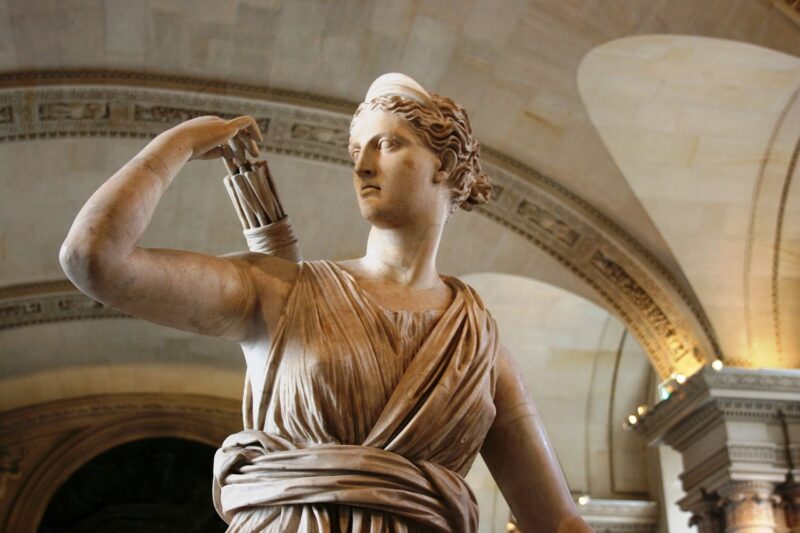Theories Surrounding the Death of Princess Diana: Conspiracy or Tragic Accident?
November 15, 2024

The untimely death of Diana, Princess of Wales, on August 31, 1997, in a car crash in Paris shocked the world. As a beloved figure known for her charitable work and humanitarian efforts, her passing left a profound impact on millions. But along with the deep sorrow came a flurry of speculation and theories that have persisted for decades. Were her last moments merely the result of a tragic accident, or was there something more sinister at play? In this article, we’ll explore various theories that have emerged over the years, dissecting the facts, the myths, and the possible motivations behind each perspective.
1. The Official Narrative: A Tragic Accident
Following Princess Diana’s death, an extensive investigation was conducted by French authorities and the British government’s Operation Paget. Their findings concluded that her death was the result of a car accident exacerbated by reckless driving and the fact that she was not wearing a seatbelt.
Key points from the official investigation include:
- The driver, Henri Paul, was found to be under the influence of alcohol at the time of the crash. He had been driving at high speed in an attempt to evade pursuing paparazzi.
- The vehicle was in a tunnel when it collided with a pillar, leading to the fatal injuries sustained by Diana and Dodi Fayed, her companion.
- The investigation ruled out any mechanical failure of the car, indicating that driver impairment and high speed were the main contributing factors to the tragedy.
Despite the comprehensive investigation, many people were not convinced by this explanation, leading to the emergence of various conspiracy theories which suggested alternative explanations for the accident.
2. The Conspiracy Theories: What Do They Suggest?
Numerous conspiracy theories have emerged surrounding the death of Princess Diana, each with its own following and motives. Here are some of the most prevalent theories:
a. The Royal Family’s Involvement
One of the most famous conspiracy theories suggests that members of the British royal family were complicit in Diana’s death. The reasoning proposed by adherents of this theory are as follows:
- Diana was seen as a potential threat to the monarchy, especially given her decision to speak openly about her experiences, including her tumultuous marriage to Prince Charles.
- Some theorists argue that Diana’s popularity could lead to a shift in public sentiment that may have jeopardized the royal family’s position.
- There are claims of a supposed plot to eliminate her before she could make any further public statements regarding her life or her views on the monarchy.
While these theories lack substantial evidence, they continue to fuel discussion and debate, often revisiting the fraught relationship between Diana and the royal family during her lifetime.
b. MI6’s Involvement
Another conspiracy theory posits that the British intelligence agency, MI6, orchestrated the accident. This theory suggests the following factors:
- Diana’s association with Dodi Fayed, who was of Egyptian descent, raised fears about the implications of their relationship on international relations and public perception.
- Some theorists believed that Diana was preparing to announce her plans regarding future engagements, which might have necessitated intervention before she could act upon them.
- The mysterious circumstances surrounding the accident, such as the lack of immediate help provided at the crash site, fueled speculation about the possible involvement of powerful figures desperate to maintain control over the narrative surrounding the Princess.
Though these claims lack acknowledgments from authoritative sources, they have found traction among individuals skeptical of governmental transparency.
c. The Role of the Paparazzi
The relentless pursuit of paparazzi has been widely condemned and is seen as a contributing factor in the tragic final moments of Princess Diana. Advocates of this theory argue that:
- The actions of the paparazzi led the driver to speed through Paris in an effort to escape their cameras, creating a dangerous situation on the road.
- Diana had previously expressed her desire for privacy and her frustrations regarding media intrusion into her life. The exposure she faced contributed to the environment leading to her tragic death.
While the paparazzi’s role in the event cannot be understated, many individuals tend to see this as more of an indirect factor contributing to a tragic accident rather than a conspiracy.
3. Unpacking the Theories: Evidence and Lack Thereof
As these theories have circulated, they have attracted dedicated supporters while encountering significant criticism from skeptics and fact-checkers. Let’s examine the claims associated with two of the key conspiracy theories:
a. Scrutinizing Royal Family Involvement
Critics of the royal involvement theory often point out:
- There was no direct evidence that any royal family member orchestrated the accident.
- The risks associated with such an act would have far-reaching consequences for the royal family, potentially damaging their public image even further.
- The investigation findings, which were endorsed by multiple agencies, provided no basis for claims of foul play.
While interesting as a subject for discussion, the royal family involvement theory lacks substantial support from the facts available.
b. Investigating MI6 Allegations
To analyze the claims regarding MI6 involvement, one must consider:
- Official records and investigations by independent experts have consistently indicated that the accident was a result of reckless driving.
- The complexity and risks of staging an event of this magnitude without leaks of information would pose an insurmountable challenge.
- Public sentiment against such agencies risks further scrutiny and backlash, further discrediting their reputations.
Overall, MI6’s alleged involvement also lacks credible evidence and appears to stem more from conspiracy rhetoric than rigorous research.
4. The Ongoing Legacy of Princess Diana
Despite the numerous theories surrounding her death, Princess Diana’s legacy continues to influence many aspects of the world. Her contributions to humanitarian causes persist through the institutions established in her name, and her life journey continues to resonate with individuals worldwide.
People fondly remember her immersion in charitable work, advocating for issues such as landmines, HIV/AIDS awareness, mental health awareness, and more. The visibility she brought to these causes continues to inspire others to take action.
The ongoing speculation regarding her death is often seen through the lens of grief and admiration for a woman who sought to connect with people from all walks of life. Ultimately, the various conspiracy theories regarding her demise may serve as a reminder of the impact she made and the intrigue surrounding her life.
Conclusion
The death of Princess Diana is surrounded by layers of complexity, emotion, and speculation. While the official narrative attributes her passing to a tragic accident magnified by human factors, conspiracy theories continue to thrive in popular discourse. Each theory reflects a blend of societal fears, mistrust, and an enduring fascination with the royal family and its impact on the public.
As mourners continue to remember her life and contributions, Princess Diana remains a pivotal figure in modern history, demonstrating the power of empathy, courage, and resilience in the face of adversity. Whether viewed as a tragic accident or a conspiracy of immense proportions, the discourse surrounding her death will likely persist for years to come – a testament to her lasting influence on society and the public’s enduring interest in her story.







